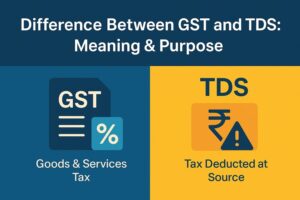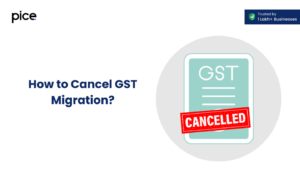Know About Fly Ash Bricks GST Rate in India
- 20 Jan 25
- 7 mins
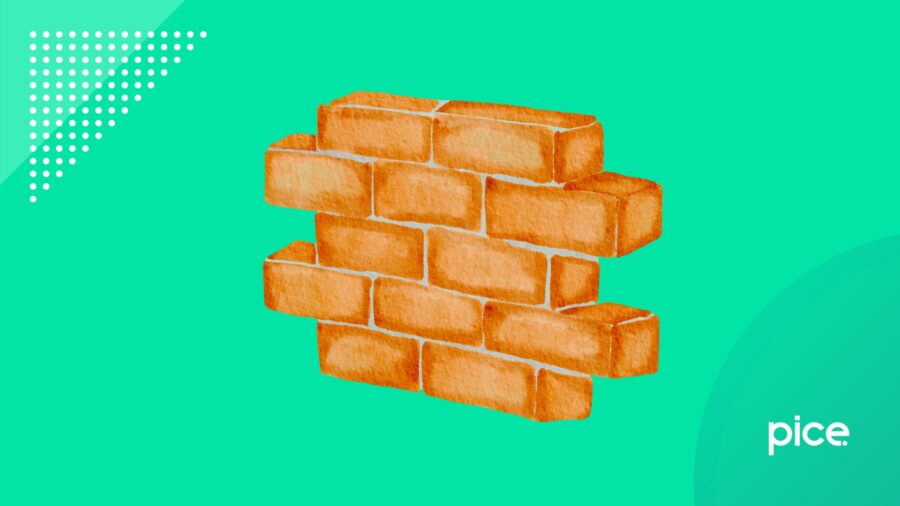
Know About Fly Ash Bricks GST Rate in India
Key Takeaways
- GST on bricks is now uniformly 12%, reducing costs and simplifying compliance.
- Fly ash bricks with ≥90% fly ash attract 5% GST; others face 18%.
- Lower GST rates make construction materials more affordable for consumers.
- Small manufacturers benefit from reduced tax burdens and competitive pricing.
- Simplified tax rules encourage better compliance and smoother operations.
The implementation of the Goods and Services Tax (GST) since July 2017 has brought about a paradigm shift in the Indian taxation system. Most of the sectors in the economy were affected, including the brick manufacturing industries.
This blog aims to shed light on parts of GST related to the bricks such as the rate changes and its effects on the manufacturers, distributors or construction sectors. If you are looking to understand the fly ash bricks GST rate or navigate GST rules in production or construction, this guide has got you covered!
What are the GST rates on bricks?
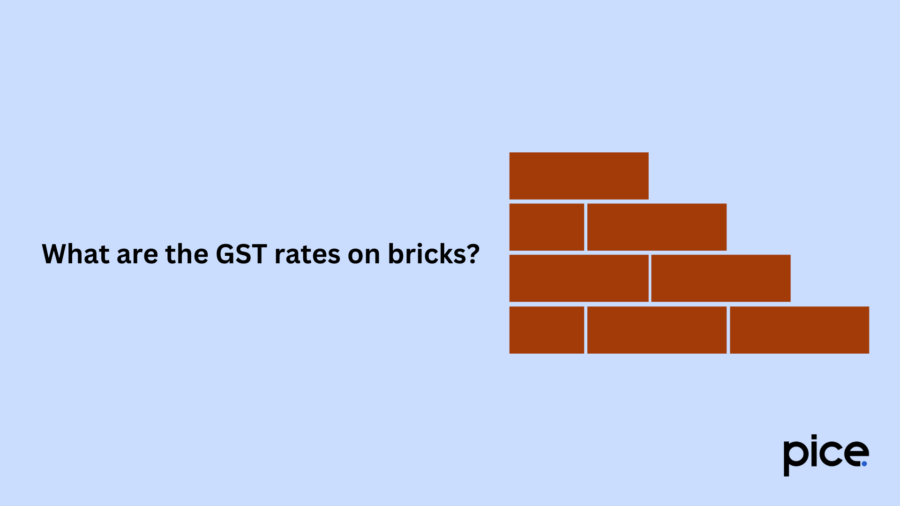
A uniform rate of GST simplifies the tax system, making it more straightforward for businesses to follow regulations. It also incorporates the Input Tax Credit (ITC) mechanism, enabling businesses to claim credit for taxes paid on inputs used in brick manufacturing.
This mechanism helps reduce the tax load on manufacturers and ensures that the final product remains competitively priced. For brick manufacturers, traders, and consumers, knowing these GST rates is essential, as they significantly influence the cost of construction materials.
What Is the GST on Fly Ash Bricks?
On 25th September, the Gujarat High Court clarified the GST applicable to fly ash bricks and blocks with less than 90% fly ash content. The court ruled that products meeting the 90% fly ash threshold qualify for a lower GST rate of 5%, whereas those falling below this threshold limit attract the standard 18% GST rate. This decision overturned the earlier rulings by the Advance Ruling Authority and the Advance Ruling Appellate Authority.
Fly ash is obtained as a waste product in thermal power plants and it is used as a major material to develop eco-friendly bricks as an alternative to clay bricks. These are strong bricks, uniform-shaped and well polished with narrow margins and no surface defects at all. While traditional bricks are moulded using top soil and bear some natural colour differences, flying ash bricks are prepared from waste products from the burning of coal. This process reduces their weight and cost and also makes them eco-friendly.
It is recognised that the GST Act of 2016 levied a tax of 12% on fly ash. However, the subsequent amendment in the year 2017 decreased the GST rate to 5% on the fly ash bricks. Nevertheless, a petition by the director of M/S Shree Mahalaxmi Cement Products contended that there was a need to determine the correct tax rate for fly ash bricks and blocks. The High Court found that the products that contain not less than 90% fly ash only attract the 5% GST; the rest of them attract 18%.
Previous and Current GST Structure for Bricks in India
First, the GST introduced a tax rate of 18% that initially applied only to bricks. This rate also proved to be a problem for small-scale manufacturers because it raised the costs of production as well as consumer prices.
To overcome these problems, the government changed the tax rates for bricks. It is 12% now. Manufacturers were relieved of the burden, with the government's objective of keeping the cost of construction materials at a reasonable level in mind.
The filing processes before and after the new GST regime involve processes like GSTR-1 and GSTR-3B. As pointed out above, the lower GST rate has rendered a number of benefits for the brick industry. This has made it possible to relieve the tax burden, enhance business compliance, and also bring down the last cost of bricks to the consumer.
Revised Brick GST Rate Launched by the Government
The table below provides a clear comparison of the updated GST rate applicable for different types of bricks, highlighting the government’s efforts to simplify and lower taxes in the construction industry.
| Types of Bricks | Previous GST Rate | Current GST Rate |
| Fly ash bricks and blocks | 18% | 12% |
| Building bricks | 18% | 12% |
| Sand lime bricks | 18% | 12% |
| Clay bricks | 18% | 12% |
| Refractory bricks | 18% | 12% |
| Cement bricks | 18% | 12% |
Brick manufacturers now have the option to adopt a composition scheme, under which they can pay a 6% GST without availing of ITC. This is an increase from the earlier rate of 5%. The composition scheme is applicable to building bricks, earthen or roofing tiles, fly ash bricks and blocks, as well as fossil meal bricks.
Implications of the New GST Rates
The following shows the GST impact on brick industry:
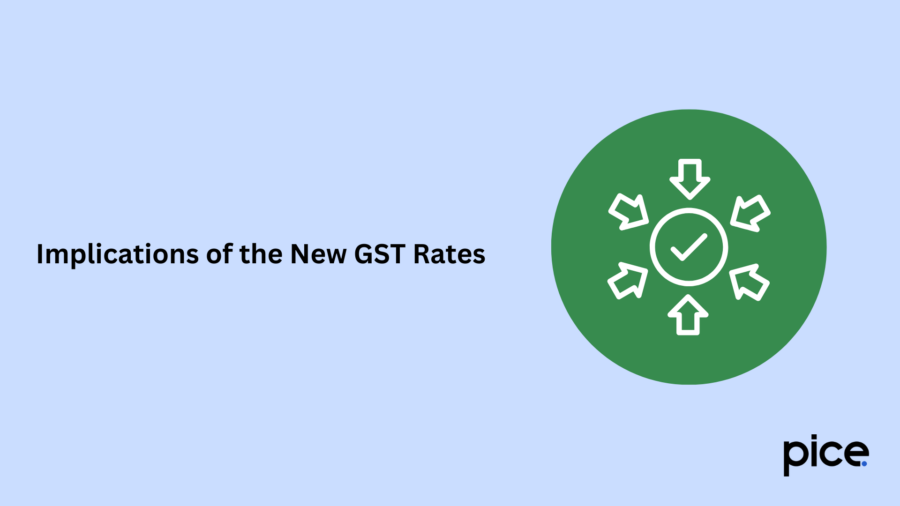
Lower Costs for Consumers: The reduction in the GST rate of 12% on bricks translates to lower prices, making construction projects more budget-friendly for consumers.
Improved Compliance: A uniform GST rate motivates manufacturers to adhere to tax regulations, promoting better record-keeping and timely filing of returns like GSTR-1 and GSTR-3B.
Support for the Brick Industry: The reduced tax burden enables small and medium-sized brick manufacturers to remain competitive, fostering growth in production and creating more job opportunities.
Effect on Construction Costs: With a lower GST rate, the cost of construction materials decreases, providing a significant advantage to the real estate and infrastructure sectors.
Implementation Challenges: Despite the benefits, businesses need to ensure accurate GST filings and maintain up-to-date records to efficiently utilise the Input Tax Credit (ITC) mechanism.
Applicability of Revised GST Rate
The GST rate for bricks, including fly ash, clay, and refractory bricks, has been revised to a uniform 12%. This rate, effective from the government’s announcement, applies to all manufacturers and suppliers in the brick industry. By standardising the tax rate, the process of tax compliance becomes more straightforward for businesses.
Additionally, this adjustment helps ensure that the reduced tax burden is passed on to consumers, leading to lower costs for building materials. Businesses must promptly update their billing systems to incorporate the new rate, ensuring accurate tax filings and avoiding any potential discrepancies.
Conclusion
The reduced fly ash brick GST rate of 12% has made taxation easier on fly ash brick manufacturers and the consumer industry. This common rate increases compliance, improves the affordability of construction, and fosters increased development within the sector, giving benefits to all the parties.
💡If you want to streamline your payment and make GST payments, consider using the PICE App. Explore the PICE App today and take your business to new heights.
 By
By 











